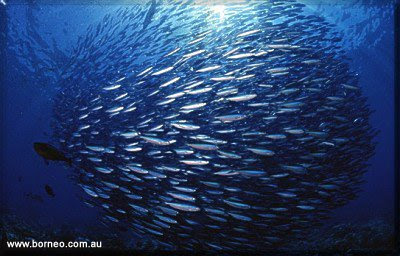
Climate Scientists have told citizens of Chicago that the climate change in their area will make their air wet and steamy. The public was told to prepare themselves for this new weather. Drastic measures are being taken, like new air conditioners in schools. As Aaron N. Durnbaugh, deputy commissioner of Chicago’s Department of Environment, says, “Cities adapt or they go away,”. Not only are temperatures changing, but extreme weather events, like tornadoes, hurricanes, and blizzards, are on the rise. Scientists claim that if Chicago continues to burn carbons into the atmosphere then they would have summers like the deep south, with temperatures well over 90 degrees, before the end of the century. By 2070 Chicago can expect 35 percent more rainfall in winter and spring, but 20 less in the summer and fall, two major swings. The city also may run into problems with heat related death. Chicago needs to change drasctically if it wants to survive in global climate change.
In class we are learning about the atmosphere, and the sector of the atmosphere clostest to earth is the troposphere. Most of the weather happens in the troposphere, so what is happening in global climate change relates directly to the atmosphere. I find it disturbing that Chicago, a city so far north, could turn into a warm, humid place. The global climate change must be very extreme if it has the capability to do this. What were are doing to the atmosphere is very dangerous and needs to stop immediately. I like the fact that Chicago is adapting to the new climate, but I'm afriad they may be too late. It's a shame Chicago didn't realize their faults sooner, and now must rely on changing their way of life to fix things.
Questions:
1. How many tax payer dollars are being spent on this adaptation?
2. How much air pollution does Chicago make?
3. Is there any way to reverse Ozone damage?
4. Are other cities in the same predicimate?
5. Why are people just realizing this now?













